Prioritize incidents based on incident severity
OnPage IT Alerting gets you instant notifications when an incident is reported by IT monitoring tools.
.png)
.png)
.png)

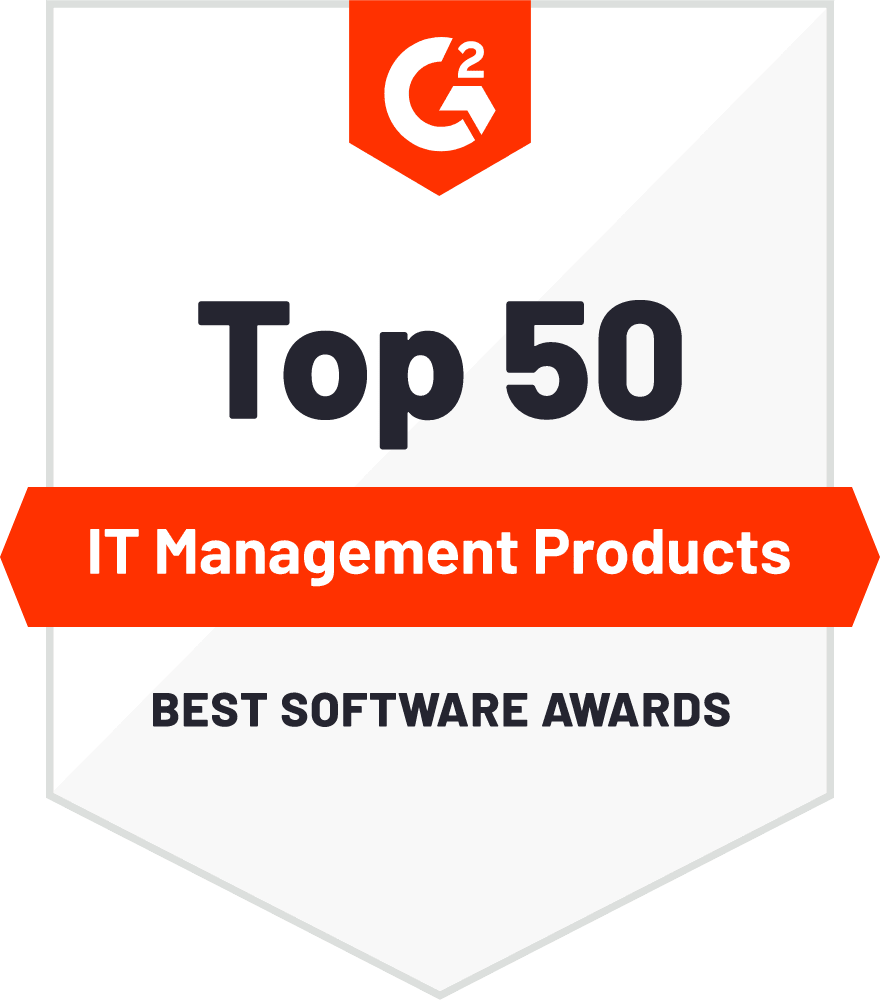

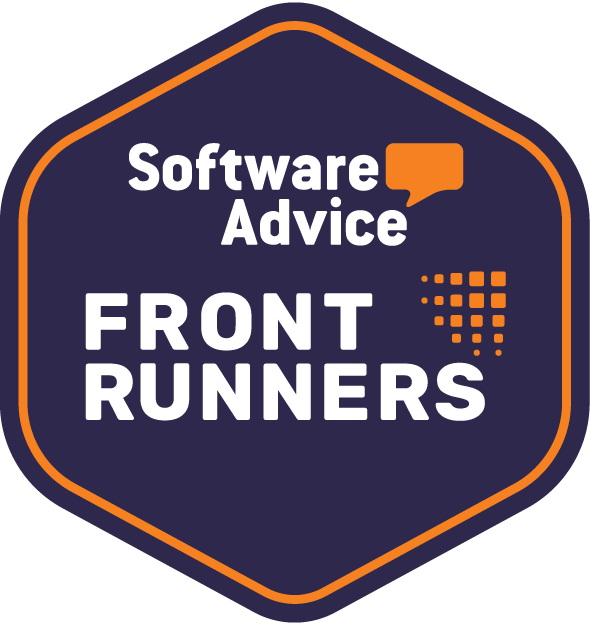
.png)
.png)
IT alerting is the process of delivering real-time notifications to IT teams or on-call engineers when critical incidents occur—such as server outages, network failures, application downtime, or security breaches. An IT alerting system integrates with monitoring tools, ITSM platforms, and DevOps/SRE workflows to automatically detect issues and route them—using escalation policies and on-call scheduling—to the right responder. By supporting multi-channel notifications like SMS, voice calls, push alerts, and email, IT alerting ensures rapid awareness, faster incident resolution, and reduced downtime. Modern solutions also offer features like alert prioritization, escalation procedures, and redundancy to maintain service reliability and business continuity while meeting SLA commitments.
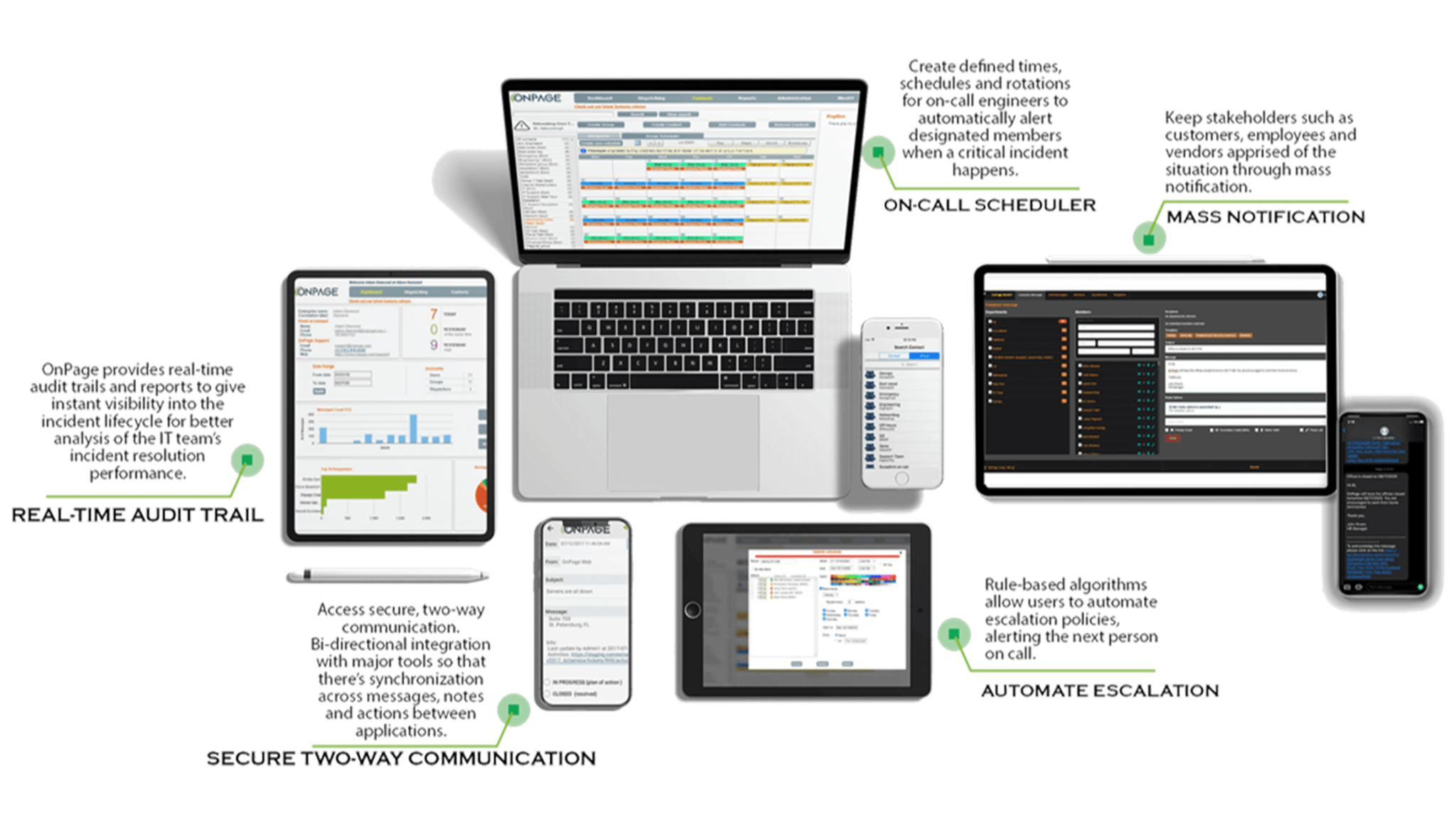
Managing IT alerts effectively is crucial for minimizing downtime and ensuring fast incident resolution. By integrating IT alerting systems with monitoring and incident management tools, IT teams can automate the entire workflow—from detecting issues to resolving critical incidents. This automation helps identify, prioritize, and route alerts to the right personnel, reducing alert fatigue and improving response times. Notifications can be customized and escalated through multiple channels such as email, SMS, or phone calls to ensure nothing is missed.
Step 1: Incident Detection
A monitoring system continuously scans IT infrastructure and instantly detects incidents or anomalies, triggering an alert.
Step 2: Alert Processing
The alert is received by the Incident Management System, which activates a predefined incident response workflow.
Step 3: Ticket Creation
An automatic ticket is generated within the service desk or ITSM platform to log the incident and track resolution progress.
Step 4: Notification Delivery
The relevant IT personnel receive alerts via their preferred communication channels—whether email, SMS, Push or telephone.
Step 5: Acknowledgement & Response
The system waits for the assigned team to acknowledge the alert and begin troubleshooting.
Step 6: Incident Resolution
Based on the workflow, the team executes corrective actions to resolve the issue and restore normal operations.
An IT alerting system centralizes all incoming alerts into a single, intuitive platform that integrates seamlessly with your existing monitoring, ITSM, and incident management tools. By consolidating alerts from multiple sources, these platforms help IT teams increase efficiency, reduce noise, and minimize false positives—so critical issues get the attention they deserve.
Key functions of an IT alert management platform include automating alert delivery, activating incident response workflows, providing actionable reports, and enabling fast, clear communication across roles. Successful IT alerting solutions prioritize quality over quantity, ensuring that only meaningful alerts trigger notifications and escalation, helping teams respond faster and maintain high service reliability.

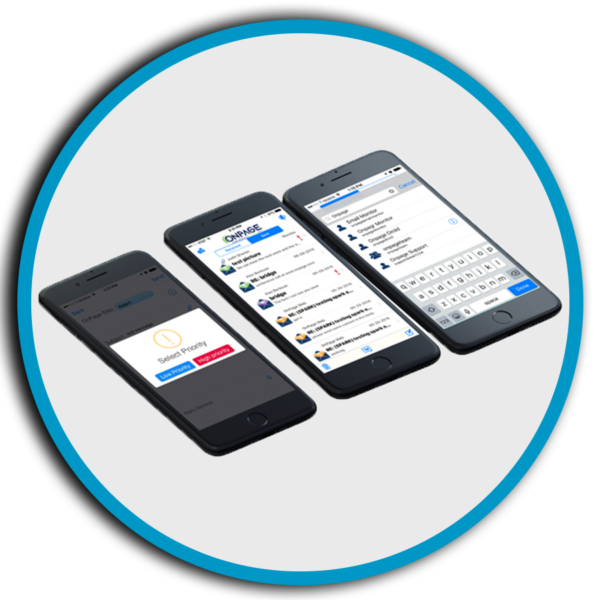
A robust IT alert management system does more than simply make teams aware of alerts. Alert notification systems centralize information and streamline processes to help manage IT teams efficiently. Alerting systems accomplish this in several ways.
Further, a robust alerting platform is complemented by an emergency mass notification system, allowing organizations to broadcast high-priority alerts during times of crisis or whenever urgent, mass alerting is needed.
When implementing an IT alerting system, there are several aspects that you should consider. These aspects can help you ensure that your system is operating effectively and that alerts are as functional and helpful as possible.
Some aspects to consider include:

OnPage provides a trusted, award-winning IT alerting platform. OnPage’s alerting solution provides persistent, intrusive audible notifications until addressed on mobile by the assigned on-call recipient.
OnPage eliminates alert fatigue through high-priority alerting, easily distinguishable from every other mobile notification. This way, the tasked recipient will always know the severity of an alert and the need for an incident’s immediate resolution.
A key advantage of OnPage’s alerting platform is its live event notifications feature, which provides real-time alerts for critical events.
Here’s how the OnPage process works:
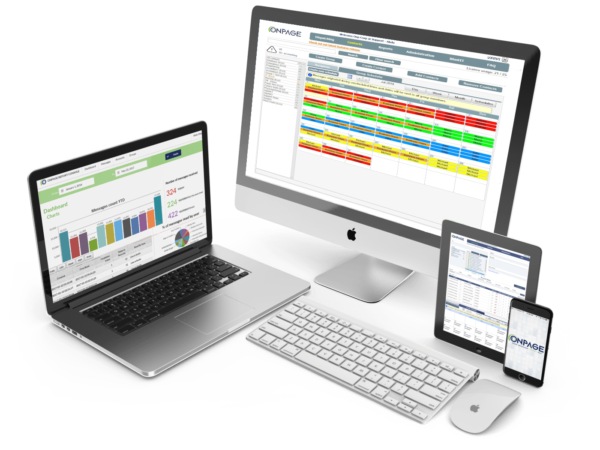
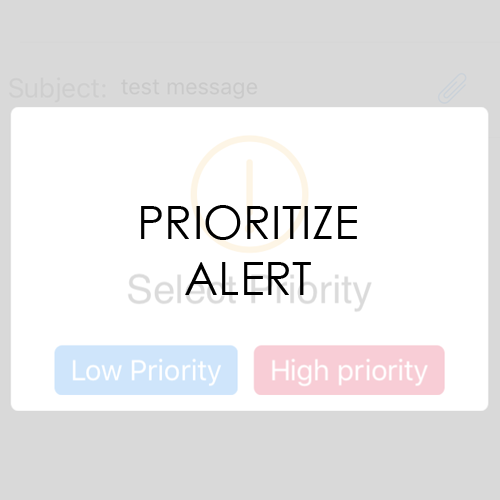
Prioritize incidents based on incident severity
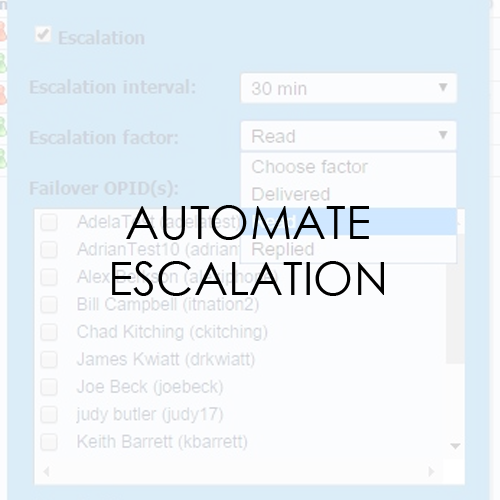
Automate alerts using rule-based algorithm allows users to set their own escalation policy which alerts to the next person if the first is unresponsive

Enable notifications via e-mail, SMS, mobile push and phone calls
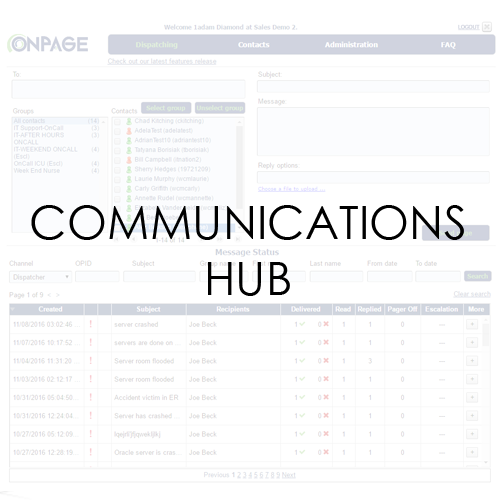
Communicate with individuals and groups via secure messages and persistent alerts. Access time stamped alerts using the Audit Trail
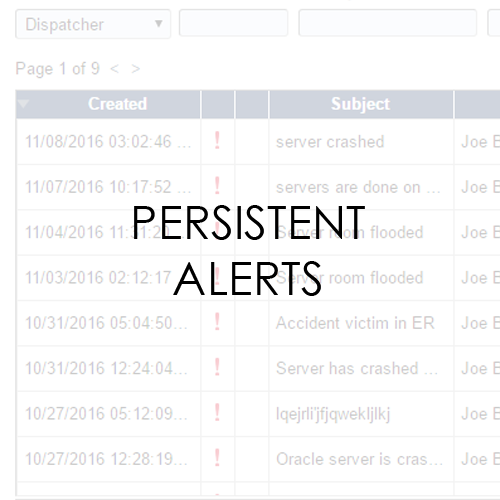
Alerting up-to 5 times faster than pagers with persistent alerting for 8 hours until acknowledgement.
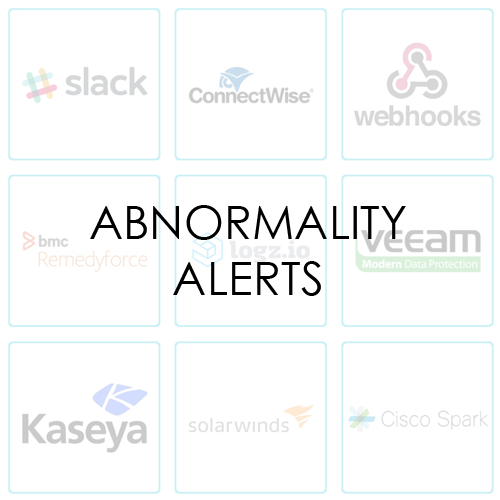
Receive abnormality alerts on your smartphone from RMM, PSA, monitoring tools and IOT sensors integrated with OnPage